The wind blustered along the parking and ramp areas at Valkaria Air Fest on Saturday, April 20. Although overcast, the ceiling kept the temperatures cool and stayed high enough for afternoon to early evening flying. The weather scared some fans away, but others came to watch the performances, and get rides in aircraft like the Huey and Cobra helicopters, a Pitt Special, and a biplane. Up front, I will say the gray skies were not optimum for photography, nor the drizzle once it started, so the photos are not the crisp ones you might expect. Sorry about that. Next time someone needs to let mother nature know.
People are almost as much fun to watch, as an air show. One particular fan, Courtney Leighann, stood at the flightline perimeter and collected autographs of the air show pilots. This is the kind of young fan we need to attract to aviation. Notice she is standing in front of Patty Wagstaff’s EA 300/S and has her autographed photo in hand. Patty even posted Courtney’s photo on her Facebook site. A real inspiration to young people interested in aviation. Thanks, Patty. To other young people like Courtney Leighann, check out the Civil Air Patrol in your area. A great way to become involved in aviation and do public service at the same time.

While the powerful modern aircraft capture the wow factor, I have to admit I find the old aircraft capture my imagination. A 1941 Waco UPF-7 biplane with a gray and blue U.S. Navy paint scheme sat near the fuel pumps. The UPF-7 designation had been adopted for the Civilian Pilot Training Program and were built until 1942. The one pictured below is owned by Florida Biplanes (Eric Howe pilot and located in Merritt Island Airport and Titusville/Space Coast Airport), and they provide open cockpit rides (be sure to strap in). The pilot sits in the back seat and the front has a tandem cockpit configured to handle two passengers. If you want to catch a ride sometime, you can get more information at their website.
One of the top-notch performers was three-time U.S. National Aerobatic Champion Patty Wagstaff flying a German Extra 300S (more aircraft details can be found on her website) powered by a Lycoming 330hp engine. It was my first time to see her show and kept me glued in place even as the weather turned to drizzle. Wow.

Before the rain set in and during a break in the flying, I had a chance to walk around and ran into Women In Aviation (WAI) members representing the FL Tech chapter (yes, the organization welcomes men). Other organizations also had people available to answer questions, assist with the airshow, and tout membership in flying organizations.

From left to right in the photo are Mike Dorow, Gabrielle Landry (President of the chapter), Rosie Piscitelli, and Kenny Peden.
Aerobatic Plane Rides attended with their Pitts Special S-2B and Schleicher ASK-21 glider used for soaring and aerobatics. The weather allowed flights in the Pitt, but nixed any chance of glider rides. If you missed out, the Eagle Sport Aviation (ESA) club is based out of Deland, Florida and can be contacted about rides in the Pitts, ASK-21, and a 1946 Piper J3 Cub. One of the club instructors also made his air show debut with a great demonstration of aerobatic maneuvers.
One of the things I noted on the ESA Pitts Special, was a unique double spoke and wheel set up on one side of the aircraft (see photo below). I spoke with current president, Alain Aguayo, of ESA to ask about its use. The gist (from my POV as a non aerobatic pilot) is that it provides a visual to help the pilot observe his position with the horizon during aerobatic maneuvers. Similar (triangular versions) are also visible on other aerobatic planes flown at the air fest. One additional training feature for aerobatic students, is the orange string on the end of the apparatus. When doing a hammer-head stall, the string hangs straight until the stall is complete, then starts to bunch up, and that is the moment to kick the plane over (any corrections on my explanation are welcome).


Not everything performing at the air fest had wings per say. Roy Davis in a gyrocopter did a low-level performance, flying backwards and demonstrating autorotation (engine power off) where air flowing over large upper blade provides lift as the craft descends. That begs the question, what’s the difference between a helicopter and a gyrocopter? The engine of a helicopter turns the large blade (rotor) that sits on top the helicopter. Air gets forced down. That produces lift. On a gyrocopter, the large blade on top is not connected to the engine. It turns freely, powered by the gyrocopter moving forward through the air, thus producing lift. The small propeller to the back (can be front) of the gyrocopter creates the forward trust (rear propeller moving too fast to be seen in the photos below).
In between acts, Sheriff Rosco kept the crowds in line and gave the kids someone to “be on the look out” for in his hunt for Hotwire Harry. If you watched carefully (or not too carefully since the “Sheriff” made liberal use of his car siren), you would have caught Jeff Moss dressed up as Sheriff Rosco finally tackle Hotwire Harry (in an orange prison jumpsuit) and carry him away in his security vehicle. While I didn’t get to see the flying portion of their performance, I did snap the sheriff’s photo and caught a glimpse of Harry checking out Gene Soucy’s biplane. Act put on by Tiger Air Show.

A brief break in the air show came as four pilots took to the air for a missing man formation pass to honor former air show performer Fred Cabanas the “General of the Conch Republic Air Force.” He is known for many more exploits, including dedicating his performances to the Men and Women of the U.S. Armed Forces.
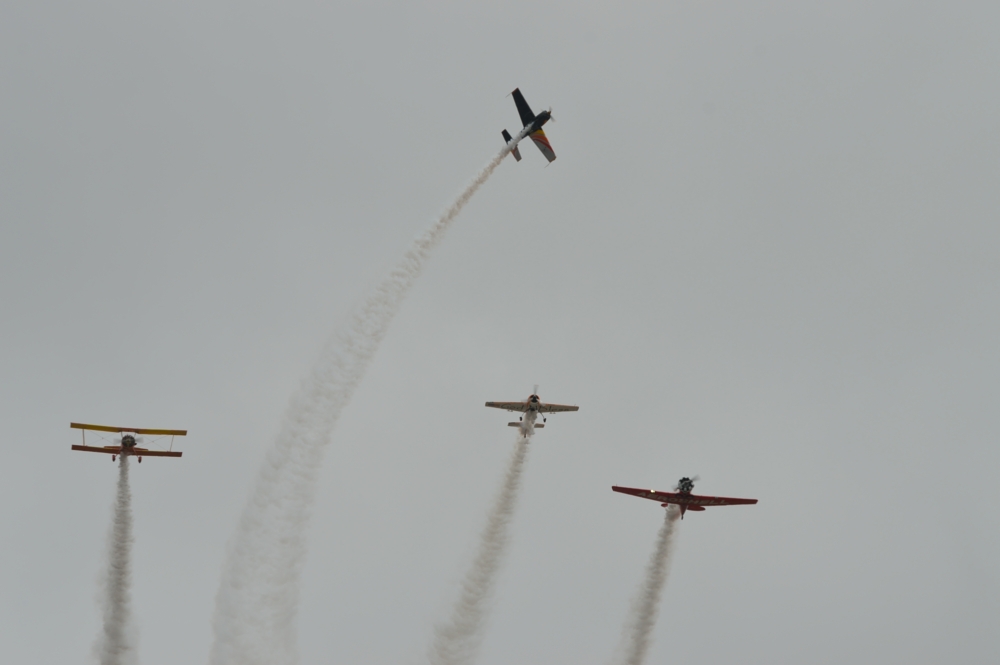
The remaining photos are of other aircraft performers or interesting shots of their aircraft. Descriptions are in the captions. Here’s hoping for clear skies at Valkaria Air Fest 2014.
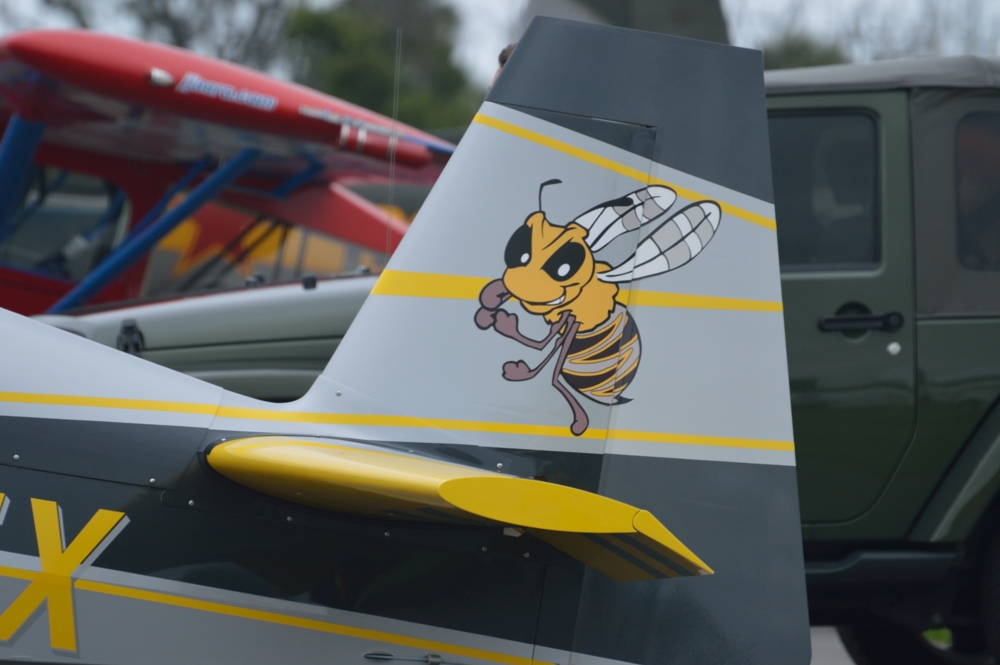
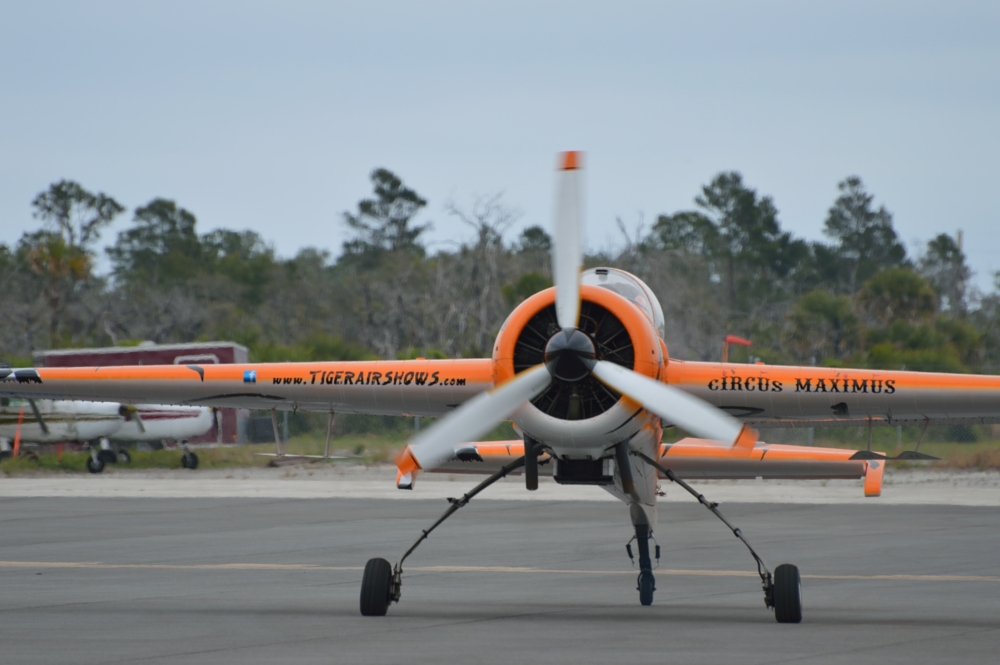
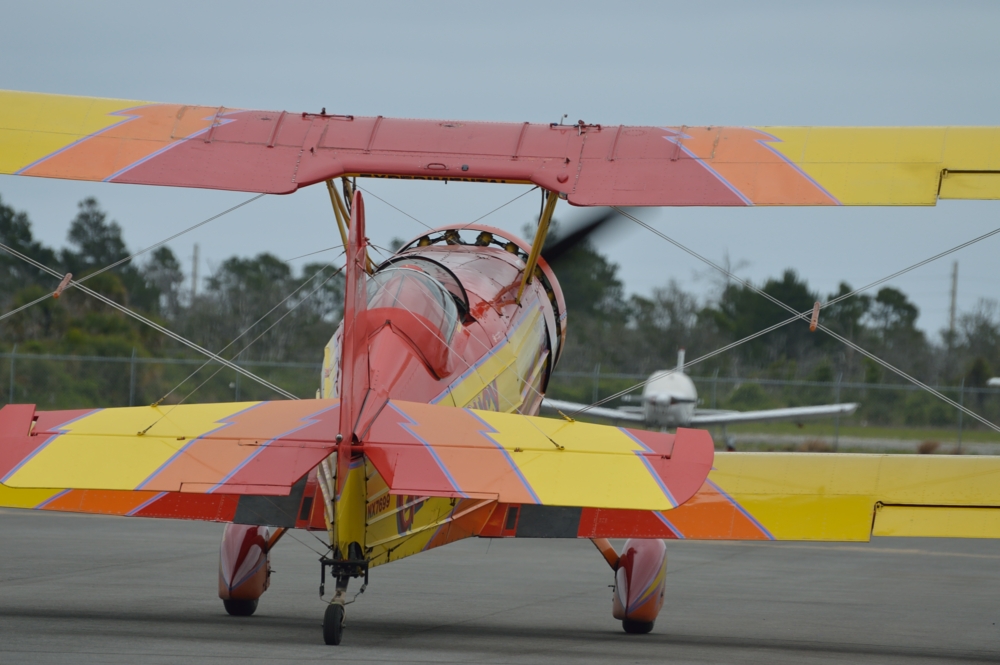
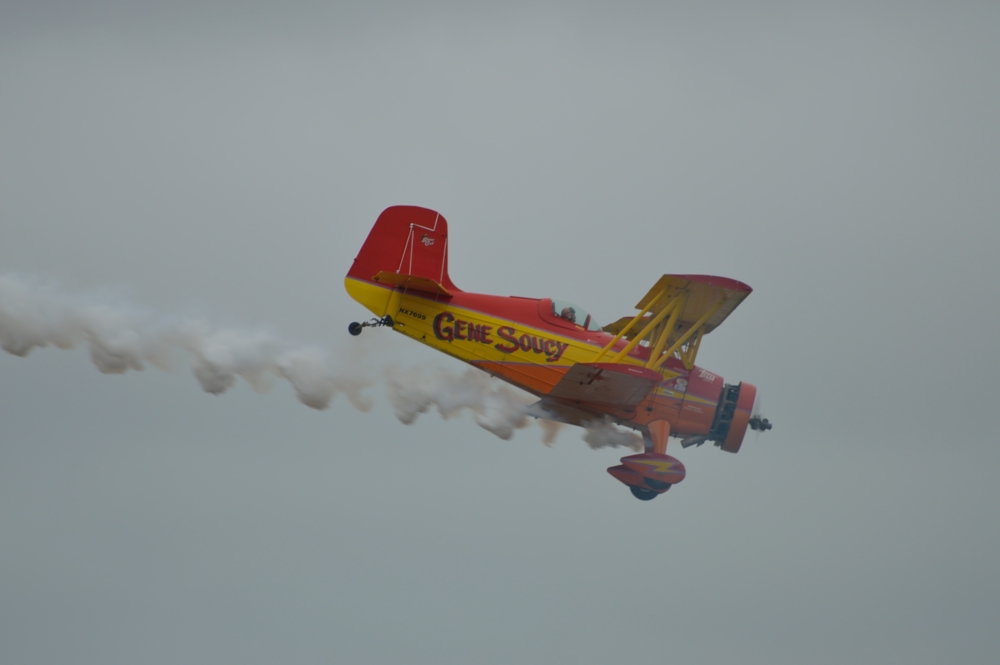
If you enjoyed looking through these photos or learned anything new, I’d love to hear from you, so please leave a comment (click near title above). Thanks and blue skies.









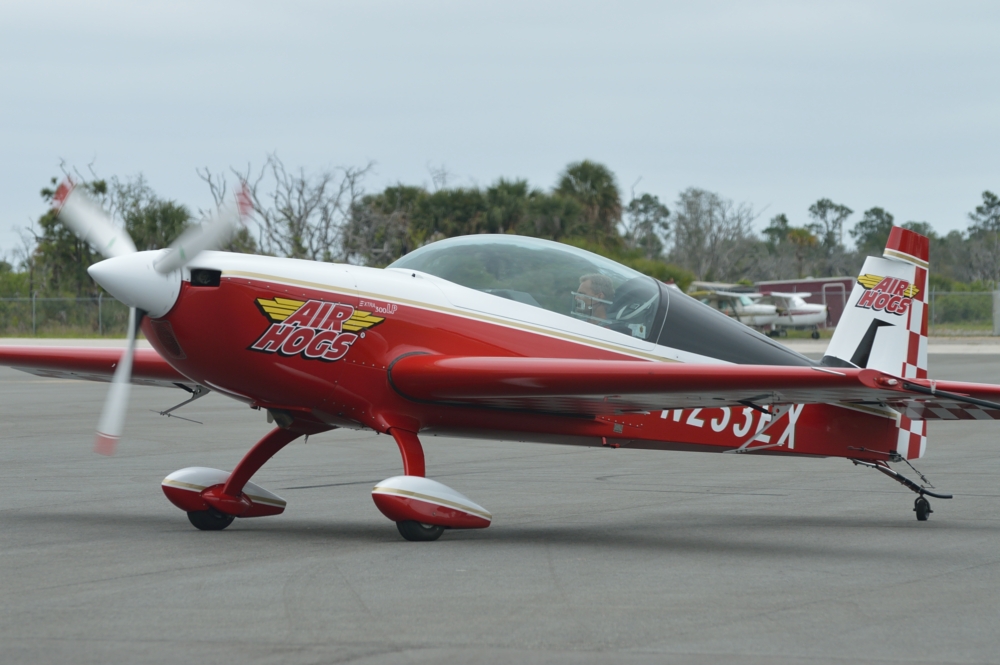
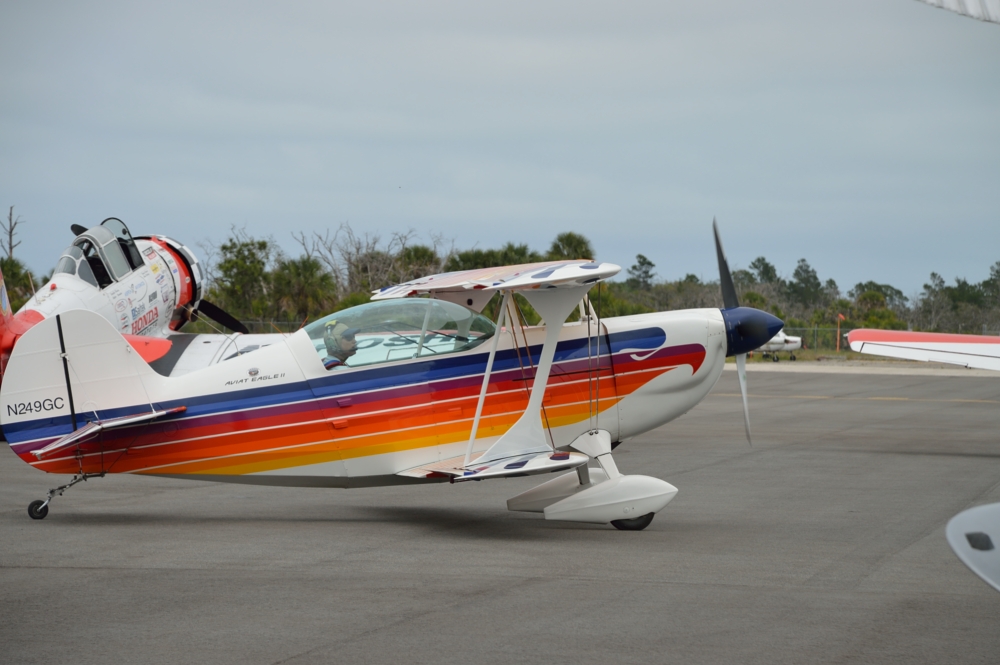
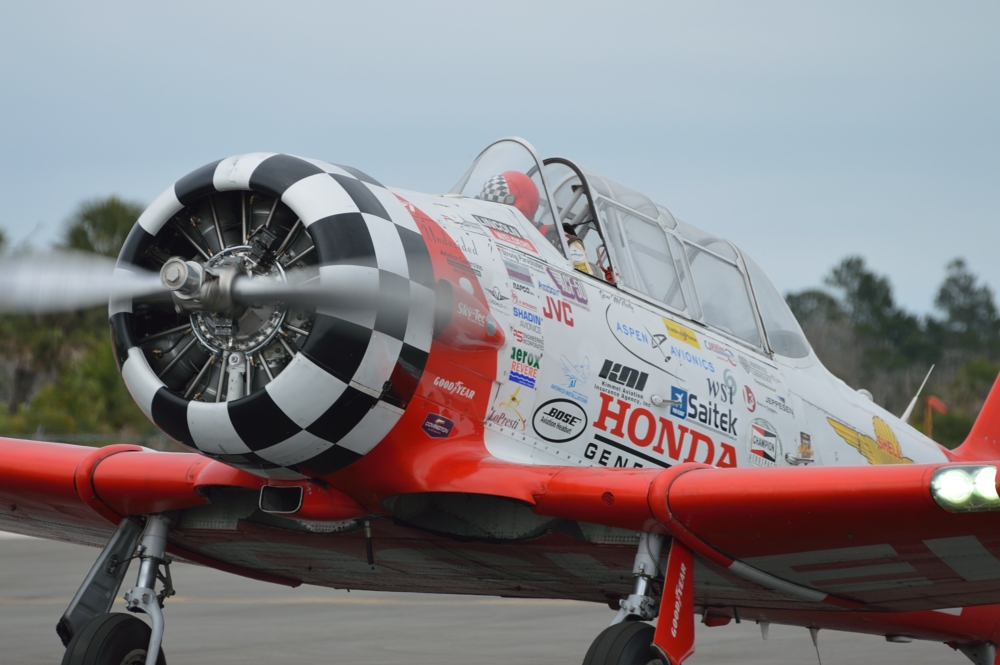
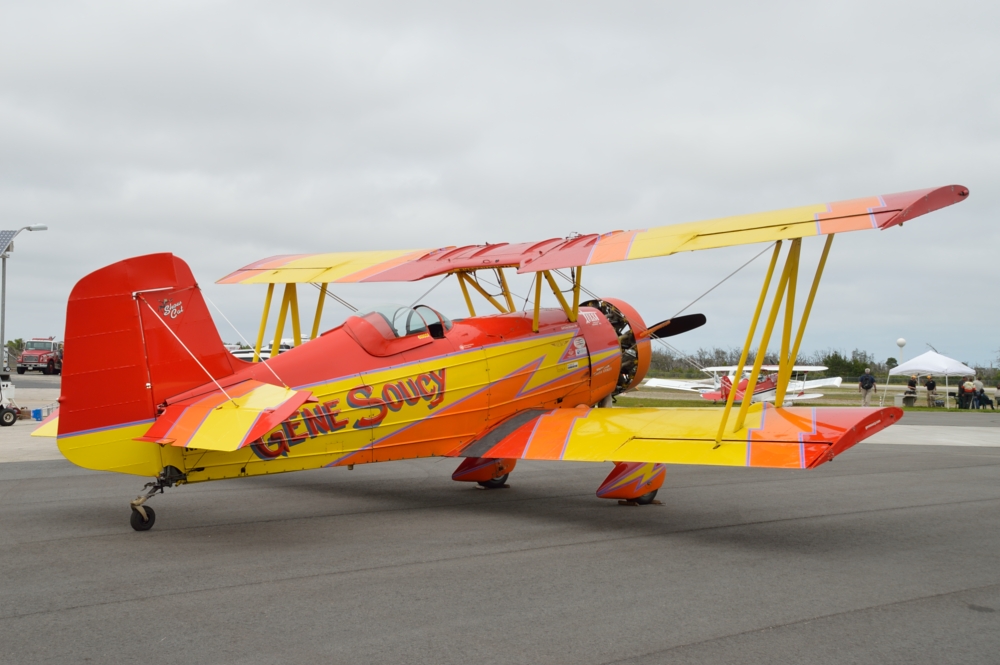
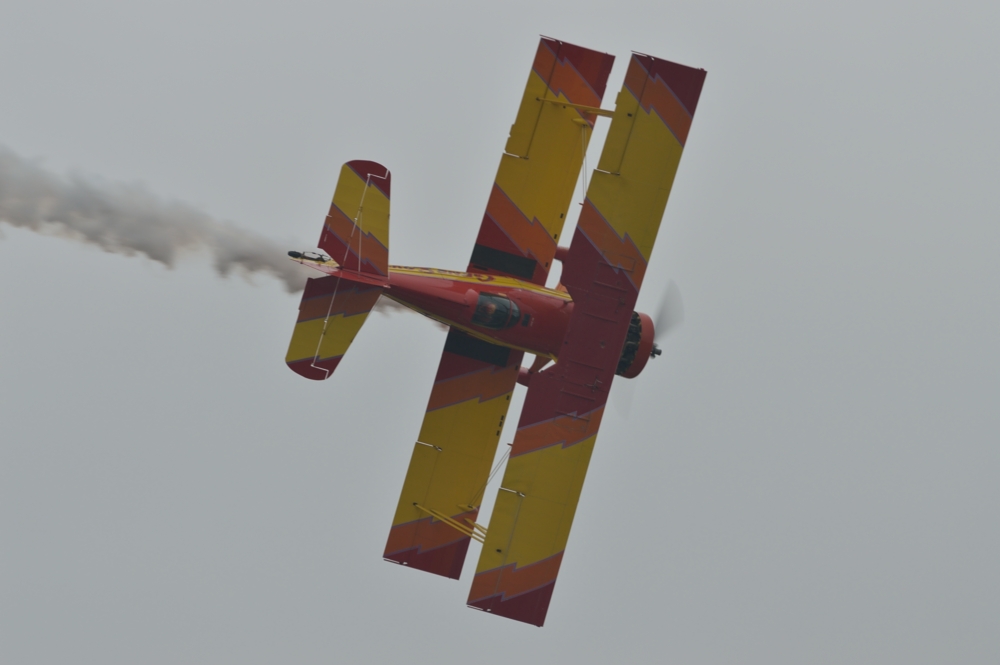
Leave a Reply